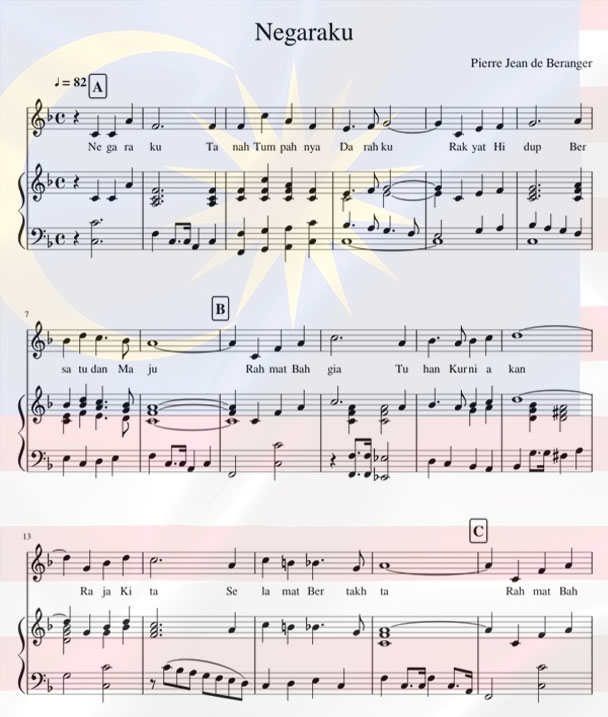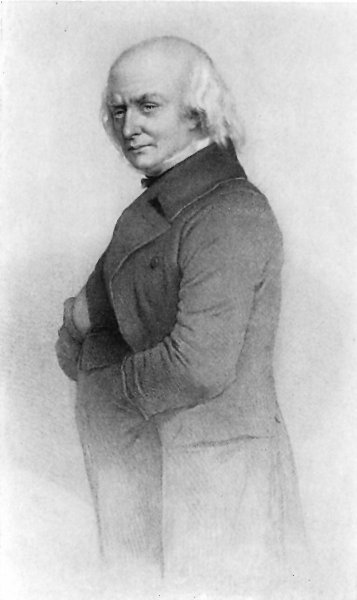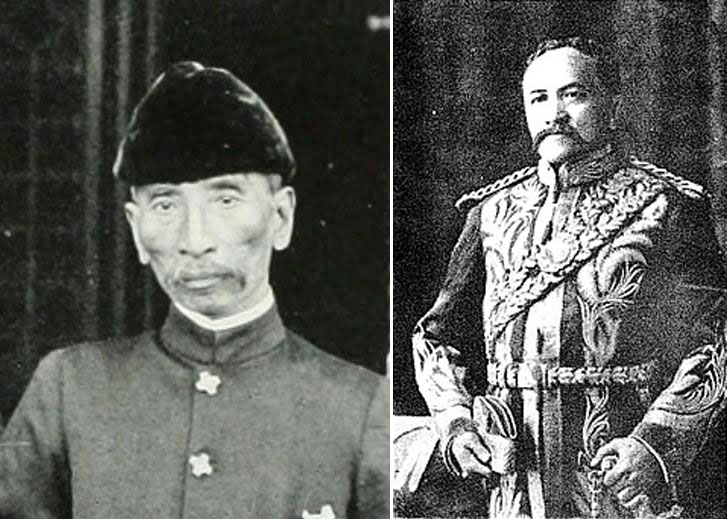'Negaraku' Sounds Like This 1930s Cantonese Song? The Hazy History Of Our National Anthem
The original composition of 'Negaraku' is said to be based on a 1880s French song, which inspired a popular Indonesian song.
Did you know that the melody of Negaraku was used in many songs before the country achieved independence and that it was very unlikely that it was a Malayan who composed it?
The conversation surrounding the origin of Negaraku comes up almost every year between Hari Kebangsaan and Hari Malaysia.
This year, a Facebook post claimed that the national anthem was actually based on a Cantonese song allegedly from 1932.
Based on the album cover of the song, the name of the Cantonese song is titled 'Meet By The River' (相會小河邊), sung by Hua Yue Ming (花月明, Mandarin transliteration).
The post, published on 2 September, has garnered over 159,000 views and 3,800 shares at the time of writing, with netizens surprised by the startling similarity between the song and the national anthem in terms of melody.
Speaking to SAYS, classically trained vocalist and songwriter Aqasha Aiman said that both songs are identical, explaining, "Both are in F major and start with C."
Pianist Jane Chong and musician Joni Lynne concurred that they have similar notes, just that the Cantonese piece is jazzier.
A piano teacher with eight years of experience, Kai Li, further explained that while the entire piece has similar notes to our national anthem, some accompaniment parts in the 'Shanghai-vibe' song are different, showing this SAYS writer the differences on a music sheet.
In the viral post, many netizens stepped up to explain that the melody of the Cantonese song, or Negaraku, actually pre-dates 1930s.
While netizens claimed that the Cantonese song was from 1932, Sin Chew Daily noted in a 2016 report that it was actually from 1957, titled Moonlight Song (月光曲) by Liang Jing (梁静, Mandarin transliteration).
So where did the original composition of Negaraku come from? Why would a Cantonese song have a similar melody to our national anthem?
The origin and history of the national anthem's musical piece are hard to trace, so much so that there are at least three theories that suggest where the root composition originated.
While that is true, the search for the national anthem in the lead-up to Hari Kebangsaan, however, is well documented. The story begins two months prior to Hari Kebangsaan in 1957, when the Malayan administration had neither a national anthem nor a flag ready, reported Malay Mail.
The chief minister of the federation, Tunku Abdul Rahman, was desperate for a song. Hence, he led a task force to find the new country's national anthem.
Citing a 2003 report published by Perpustakaan Negara, Free Malaysia Today reported that a global competition was held in search of the national anthem and it drew 514 entries in the mid-1950s.
They were all rejected by the national anthem selection committee. Malaya then commissioned several esteemed composers from the US and Britain to produce a composition, but the committee rejected all of them again.
Following that, they turned to the existing anthems of the 11 Malayan states, and Perak's anthem, which was the oldest, was chosen as it was found to be the most appropriate.
Until today, the Perak state anthem, Allah Lanjutkan Usia Sultan, had a similar melody to Negaraku.
The account of the search for the national anthem up until this point is well recorded and reported. What is up for debate here is the origin of Allah Lanjutkan Usia Sultan.
The first theory suggests that the Sultan of Perak, Sultan Idris Murshidul Adzam Shah, went to Britain for the installation of King Edward VII in 1901
It was said that the Sultan did not have an anthem to be played during his arrival. Hence, the Indonesian opera song Terang Bulan was played to welcome him, reported Free Malaysia Today.
The song was popular among Perak people at the time. It was the oversight that allegedly led to the composition becoming the Perak state anthem, and, subsequently, the national anthem today.
The second theory suggests that Sultan Abdullah Muhammad Shah was in exile in the Seychelles in 1877. While there, his daughter learned an 1887 French song called La Rosalie, composed by Pierre-Jean de Béranger.
La Rosalie was a local favourite in the Seychelles during the late 1800s, often performed by French bands on the main island of Mahé.
Some believe he brought La Rosalie with him when he returned to Perak in 1922 before eventually evolving the French musical score into the state anthem.
The third theory, reported by New Straits Times in 2014, is said to be quite credible as a similar account can be found in a Malayan historical society journal.
This theory suggests that Sultan Idris travelled to Britain in 1888 and introduced the melody as the state anthem.
However, the version of the melody selected was not Terang Bulan, but La Rosalie. This theory is more likely to be true because the date of the official visit was much earlier (1888 as opposed to 1901). Additionally, Terang Bulan had yet to become popular at the time.
Sultans of Perak, Sultan Idris Murshidul Adzam Shah (left) and Sultan Abdullah Muhammad Shah.
Image via WikipediaOver the years, there are many songs that sound like Negaraku, including Hawaiian and Japanese songs carrying the same tune
Sin Chew Daily reported the timeline of songs that have the same melody:
1887 – Pierre-Jean de Béranger composed La Rosalie
Unknown – The melody was incorporated into a tune called Terang Boelan, believed to be enjoyed by Indonesians and Malayans at the time
Unknown – Dutch singer Zangeres Zonder Naam recorded the Dutch version of Terang Boelan
1928 – A band, Krontjong Orchesta Eurasia, played the Indonesian version of Terang Boelan
1938 – Indonesia's Saifu Bari wrote the lyrics for the song and created Terang Bulan, which quickly became popular in Indonesia
1943 – Japanese film Tiger of Malaya, which tells the story of a Terengganu-born Japanese working as a Japanese spy in Malaya, used the tune of Terang Bulan to create a Japanese version of the song
1947 – Felix Mendelssohn & His Hawaiian Serenaders created Mamula Moon based on the melody
1956 – The composition was adapted into a Cantonese song, titled Moonlight Song (月光曲), performed by Liang Jing (梁静, Mandarin transliteration)
1957 – Negaraku became the national anthem of the Federation of Malaya, using the tune
1961 – Chinese singer Yao Lee (姚莉, Mandarin transliteration) sang the Mandarin version of the song and titled it Moon Night in the South China Sea (南海月夜)
The lyrics and melody of Negaraku have not changed since 1957. Although suggestions to change the national anthem were raised twice in 1992 and 2003, respectively, both attempts were met with public outcry.



